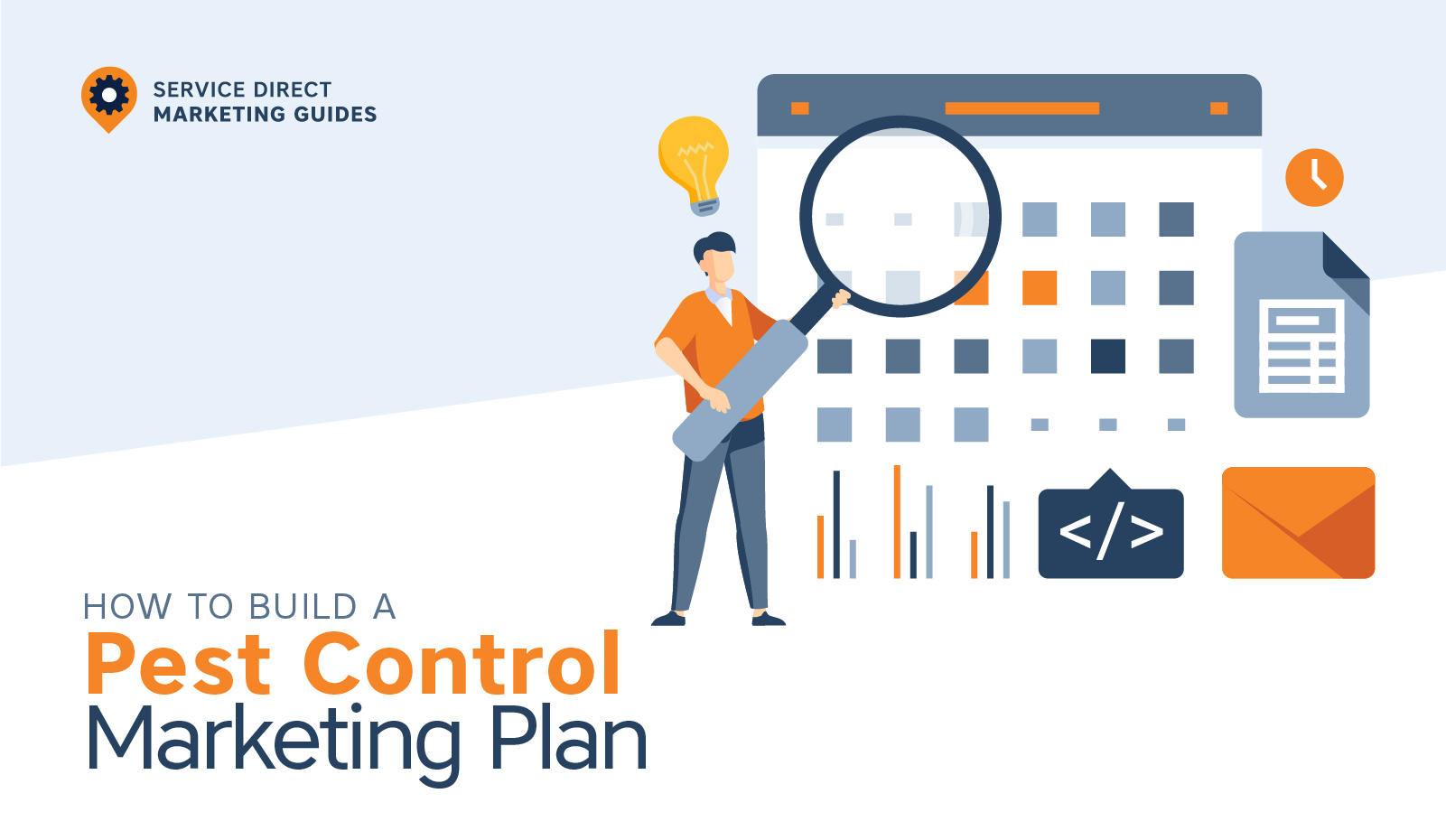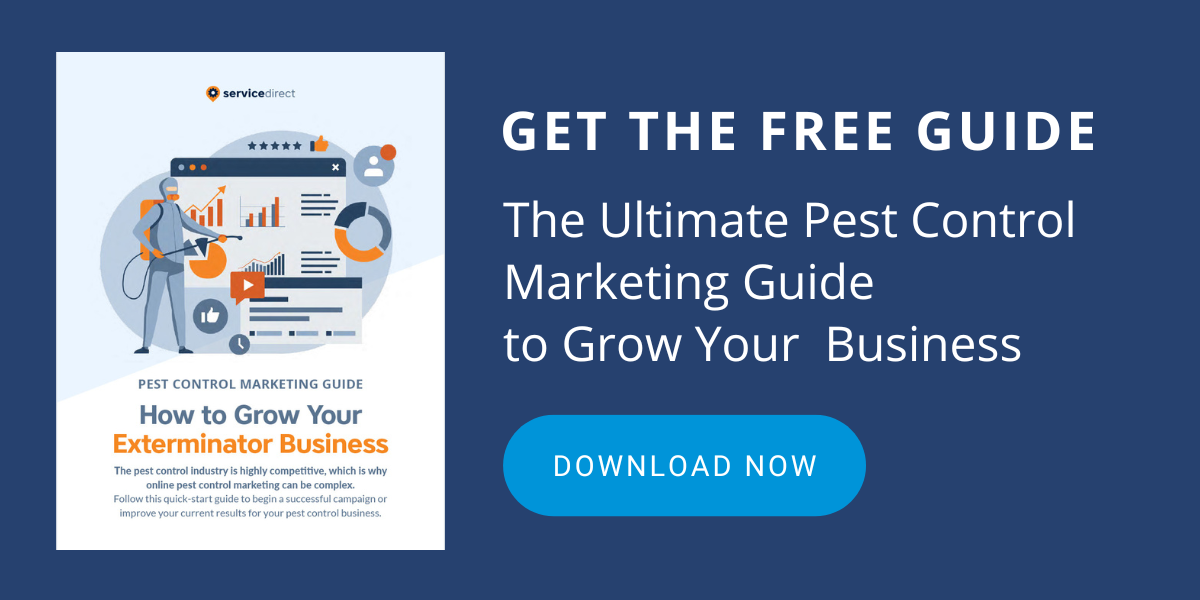Develop a Pest Control Marketing Plan to Grow Your Business
A bug or rodent infestation can happen to just about anyone. In order to make sure people in your area dial your number when they need help with these unwanted guests, you need to invest some time into your pest control marketing plan.
Having a well-thought-out marketing plan will help ensure your message reaches the right people, make it easy for you to set achievable goals and track success, and even facilitate scaling your marketing efforts as your business grows.
A recent Service Direct survey revealed that only 57% of small businesses had done any content marketing and just 61% of those businesses that were had actually documented their content marketing plan. This is a major opportunity not just to start attracting more customers, but to set yourself apart from the competition.
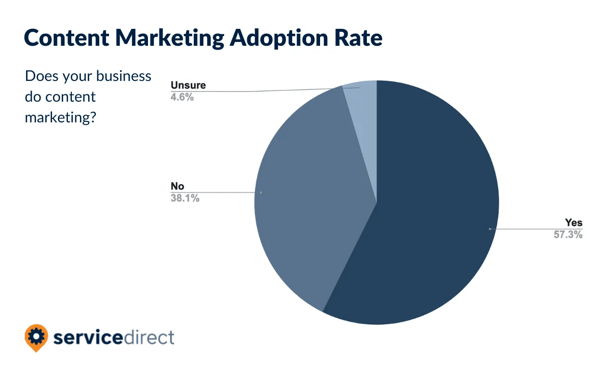
This article will explain how to develop a comprehensive marketing plan that will help your pest control company consistently bring in new customers and reach your long-term business goals.
We'll cover how to write an impactful and effective mission statement, establishing your market position, and which digital tools can help you streamline and enhance your efforts. After reading this article, you should feel well-prepared to get started crafting your own pest control marketing plan.
First, let's Define Your Business
Your pest control company's brand defines how potential customers perceive your business, so it's worthwhile to take control and manage that perception. A well-defined, fully realized brand can help create a connection with customers and leave a lasting impression that keeps your company top-of-mind when a pest problem arises.
Your mission statement is a great place to start when seeking to define your company's brand. Determine what core values drive your business, and write a clear and concise mission statement that incorporates these values. Once you have a clear idea of your business's mission, it can help inform how your brand represents itself across all of your marketing channels.
You want to create a solid foundation for your pest control company's brand that will inform all of your marketing decisions down the line.
What's Your Mission Statement?
Any business, big or small, in any industry, benefits from having a mission statement. It's particularly useful for small businesses trying to connect with new customers to have a mission statement that both represents your internal company culture and resonates with your customers.
A mission statement is much more than a few buzzwords on your website. Think of it as the driving principles that guide your every business decision. It should be something that your employees can rally behind and that your customers can identify with.
A well-crafted mission statement is also an incredibly useful part of your marketing plan, helping you attract the right kind of attention and build a loyal following. It will inform all of the next steps in creating a marketing plan, so be sure you take the time to develop a mission statement that is both accurate and aspirational.
Define Your Market Positioning
Now it's time to determine how to position your brand within the market. It helps to start by asking yourself two key questions:
- Who is my target audience?
- What do they need?
A clear understanding of your target audience will help you hone in on how your company can speak to their needs, as well as stand out from the competition.
You should also take some time to learn about your local competition. What do you offer that they don't? What are the key differentiators that might convince a prospective customer to choose you over them? Once you have a clear idea of how you fit into the local pest control market, you can use this information in conjunction with your brand to create unique, targeted digital marketing campaigns.
Still not sure exactly what your company's market positioning is or should be? Answering these key questions can help you figure out where your business fits in the market:
|
SERVICE
|
PEOPLE
|
|
PRICE
|
PROCESS
|
Use Goal Tracking to See Results
Thinking about your brand and its place in the market is a great start, but in order to ensure you're on the right track and measurably improve your results, you'll need to track your progress. Without tracking, you're essentially flying blind, unable to determine what's working, what needs to be adjusted, or even how to take advantage of new opportunities that may arise. Put simply, tracking is an absolutely critical element of any successful pest control marketing plan.
However, in order to effectively track your goals, it helps to set useful and achievable goals in the first place. Set your goals too low and they aren't an effective incentive to innovate and grow – too high and they're unachievable and disheartening. To make sure you're setting the right goals, start with a broad business outcome you want to achieve, then break it down into more manageable steps and benchmarks.
Once you've set your goals and determined how you'll track them, don't be afraid to adjust them when needed. If a goal is no longer aligned with your business priorities, or if the target is set too high or too low, it might be time to reevaluate whether it's still the right goal to be aiming for.
OKR Goal Planning
An increasingly popular method for planning and tracking goals is Objective and Key Results (OKR). Many companies, including Service Direct, have found great success with this simple yet effective framework for keeping everyone on task.
With the OKR system, everyone on a team sets specific, measurable goals, and then tracking progress against those goals on a regular basis over a predetermined timeframe. This system can be used to track progress at the individual, team, or company level.
.jpg?width=761&height=423&name=Damage%20Marketing%20Goal%20OKR%20Diagram%20(1).jpg)
One of the key benefits of using the OKR system is that it gives everyone involved a clear understanding of the company's priorities and how their work fits into the bigger picture. This is great for keeping teams motivated and focused on the most important tasks.
By including pre-scheduled periodic check-ins, the OKR system also encourages making necessary adjustments to your goals and strategy. If you are looking for a goal-setting system that can help your company achieve success through digital marketing, the OKR system may be worth considering.
Digital Marketing Channels
There's no shortage of ways to reach your target audience. But with so many options available, determining which one is right for your business can be tricky. A quality marketing plan includes an assessment of the marketing channels available to you, and a clear, reasoned decision regarding which ones to focus your efforts on.
Digital Marketing Channels:
- Email Marketing
- Social Media (Facebook, Instagram, NextDoor, Youtube)
- Content Marketing (Blog posts, infographics, resource articles)
- Search Marketing (SEO)
- Lead Generation
- Paid Advertising (Google Ads, pay per call, pay per click)
Your target audience's preferences are going to be a key consideration when choosing your marketing channels. Do a little market research to make sure you're using the channels that will reach the people who are most likely to use your services. Budget is another major factor, as some channels are essentially free, while others can add up quickly. Consider the potential return on investment (ROI) of each marketing channel when evaluating your options.
Set your Budget
Setting a realistic budget is another important part of any good pest control marketing plan. This will help you focus on ROI and avoid overspending. But how do you determine how much to allocate for your digital marketing plan?
Several of the most important factors to consider have already been covered above. Target market size and level of competition will both impact your spend, as will the marketing channels you're going to focus on.
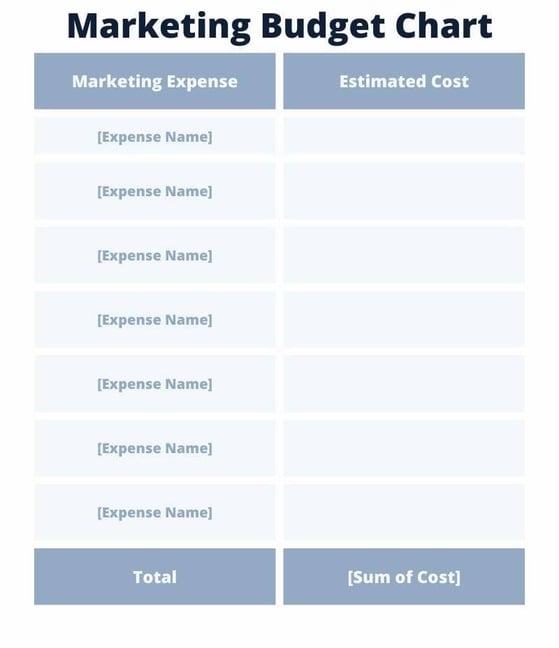
With a well-defined budget in place, you'll be able to make the most of your marketing dollars and get the results you're looking for. While some might be inclined to skip this step and trust that it will all work out in the end, setting a realistic budget and sticking to it is crucial to success.
Find and use the right Marketing Tools to stay competitive
While much of your budget will be taken up by customer-facing marketing materials, you should also leave some space to invest in marketing tools. If you're serious about growing your pest control business, these tools are great for improving the efficiency of your processes and the effectiveness of your materials.
Still, only 54% of small businesses reported using a 3rd party tool to execute their content marketing strategy. This is a major opportunity to get a leg up on other pest control companies!
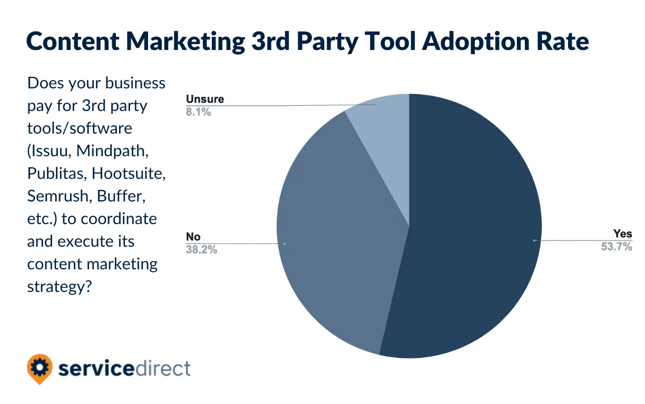
To start, consider investing in a good SEO tool. This will help you optimize your website for a better search engine ranking.
If you're looking to create more engaging content, then consider investing in a content marketing platform like HubSpot or BuzzSumo.
Finally, use metric tracking tools as much as possible to get the best big-picture view of your water damage marketing efforts and how well they are (or are not) working for your overall marketing plan.
Ultimately, you'll want to use as many tools as possible. Many businesses are too reliant on one single platform or marketing tactic and when that hits a speed bump or has a lull, you'll be in a tough spot trying to pull together other tools and techniques.

